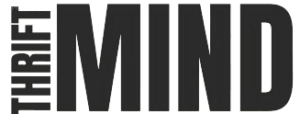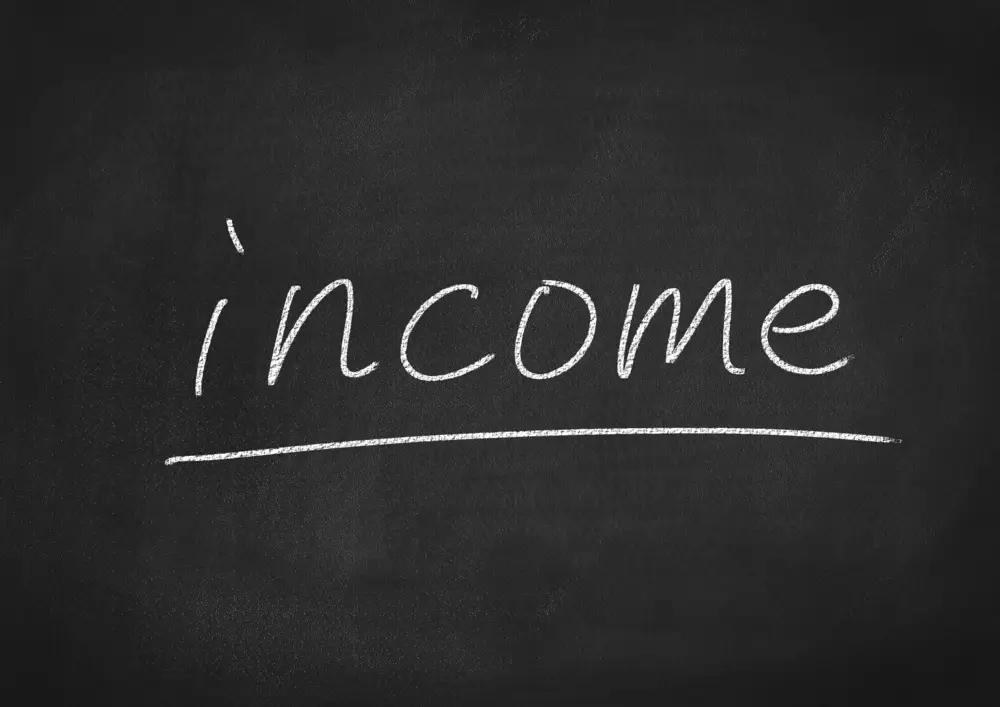The Beginner’s Guide to Creating a Budget: Track Your Income & Expenses for Financial Success
Though it may seem difficult, especially for novices, developing a budget is a necessary first step toward financial stability and wellness. Understanding your financial condition is essential whether your savings are for a big purchase, debt is being paid off, or just you want better control over your money. Tracking your income and expenses comes first in developing a good budget. This fundamental habit guarantees your awareness of the sources of your money as well as their direction.
We will walk you through the reasons this initial step is so important, how to monitor your income and expenses, and the tools you can use to expedite the process in this book. We will provide professional guidance for beginners to creating a budget and point out typical errors to prevent along the road so you may design a budget fit for you.
Why Knowledge of Your Finances Starts Budgeting
Clear knowledge of your present financial condition is essential before you can design a sensible budget. This is why awareness forms the initial step in creating a budget rather than computations or figures. Any budget you create could not be sufficient if you do not know your financial situation.

The Value of Financial Sensibility
The foundation of sound financial planning and money management is awareness of your financial situation. Making wise decisions regarding how much to save, where to cut back, and how to invest is impossible without a strong sense of where your money is coming from and going. Along with helping you prioritize spending, financial awareness helps you over time make wiser financial decisions.
Financial health is your capacity to control debt, income, and expenses in a way that offers stability as well as chances for expansion. Monitoring your income and costs helps you establish a baseline that guides your assessment of whether your spending supports your financial objectives. If you overspend in some areas, you can find these leaks and act.
Why Ignoring This Step Results in Inadequate Budgets
Many people make the typical error of skipping the first step of financial tracking. You are just guessing at your financial picture without this vital information. This can result in poor or even dangerous financial choices. For instance, you can ignore important bills and overspend or believe you have more discretionary cash than you do.
Beginning with a thorough awareness of your income and expenses will help you to allocate more exact budgets and prevent typical mistakes that cause financial hardship.
The Initial Action: Manage Your Income and Spending
Starting to track your income and expenses comes next once you have seen the value of financial awareness. Every effective step in creating a budget starts with this since it lets you precisely see where your money is coming from and going.
Why The basis of budgeting is tracking.
Monitoring your revenue and expenses helps you to have clear cash flow. Developing a reasonable and workable budget requires knowledge about exactly your income and expenditure. This thorough awareness of your financial circumstances will also help you to find places where you may save more and minimize expenses.
Economic Sources
First and most obviously important thing to monitor is your revenue. Make sure you consider all of your income sources—including your pay, freelancing employment, and passive income like dividends or rental revenue. Your financial picture will be clearer the more complete a list of income sources you have.

Cost Categories
Your next chore is classification of your spending. This is absolutely vital since it lets you understand where your money is going and points out areas where you might reduce back. Expenses fall generally into two types: fixed and variable.
- Fixed Charges: Each month they are regular payments that stay the same. Typical ones are loan payments, insurance premiums, rent or a mortgage, and subscription services. Though they are typically non-negotiable, tracking these costs helps you to better understand how they affect your budget.
- Variable Expenses: Month to month variations in these depend on your use. Variable expenses include groceries, entertainment, utilities, and travel fees. Tracking your expenses will enable you to spot trends and areas where you might be overspending, even though you can’t always forecast how much you’ll spend.
Examination of Cash Flow
Comparing your income to your expenses is the basis of cash flow analysis. Monitoring your cash flow will help you determine if you are underspending, overspending, or living within your means and thereby help you save more. This will also allow you to grasp the general state of your financial circumstances.
Because they offer a clear, objective perspective of your finances, professional financial advisers advise routinely monitoring your income and expenses. Frequent observation enables you to make quick corrections meant to prevent financial problems.
How to Record Your Income
- List all income sources: Tracking your revenue requires careful consideration of all possible sources. This covers your main pay or wages as well as any side projects, freelancing, or investment earnings. Additionally included should be passive income including dividend from investments or interest from savings.
- Calculate Your Monthly Take-Home Pay: Although knowing your gross income—before taxes—is crucial, your take-home pay is what you will really be able to pay for your bills. To figure your available income, be careful to apply after-tax amounts. This helps you prevent overstretching your capacity for savings or spending.
Tracking Your Spending:
Sort Variable vs. Fixed Expenses
Understanding your financial picture depends on differentiating fixed and variable expenses, as was already noted. Monitoring fixed expenses include insurance premiums, loan payments, and rent is easy as these amounts remain the same. Because they vary month to month, variable expenses such groceries, dining out, and entertainment call for more careful attention.
Track Simplistically Using Tools
There are various tools and apps available to help folks who would rather not personally monitor spending streamline their procedure. To track income and expenses, budgeting apps such as Mint and You Need a Budget (YNAB) can automatically link to credit cards and bank accounts. These programs can classify your purchases, create reports, and even alert you should you beyond your budget in a given category.
For individuals who would rather have a more hands-on approach, spreadsheets or journals will also be quite effective. Manual entry of your transactions will help you to better grasp your spending patterns and increase your financial control.

Examine Your Financial Behaviour
Examine Income Against Spending
Analyzing your financial trends comes time once you have documented your income and expenses for one month or two. This phase is very important since it will help you ascertain whether your income exceeds your costs or if you are living within your means.
Just deduct your whole revenue from your whole expenses to accomplish this. You have a surplus if your income shows more than your expenses. You are in deficit if your spending more than your income. Finding this discrepancy can enable you to make required changes, such cutting back on unneeded expenses or finding ways to raise your revenue.
List Problems Areas
Monitoring your spending patterns will also enable you to spot areas of overspending and related problems. You might find, for instance, that your expenditure on entertainment or dining out exceeds your initial awareness. If let uncontrolled, these “financial leaks” can mount up over time and ruin your budget. Knowing these categories can help you to make changes to save needless expenditure.
Tools to Simplify Tracking Process
- Tools for Budgeting: By automatically syncing your credit cards and bank accounts, apps as Mint, YNAB (You Need a Budget), and PocketGuard can help you keep on top of your money. These programs classify your purchases, give visual expenditure breakdowns, and save-oriented advice.
- Manual techniques: Spreadsheets or even pen-and-paper journals can be just as useful for individuals who would want a more hands-on approach. Making a personalized budget spreadsheet helps many people to have greater control and flexibility over their financial management. Either you may design your own or tools like Google Sheets or Excel provide templates to get you going.
Typical Mistakes to Avoid in This Stage
- Undervaluing Little Expenses: Little daily expenses like coffee, snacks, or parking fees can be easy to ignore, but over time these little expenses pile up. Ignoring them might result in a budget gone wrong and bad financial judgments.
- Ignoring Unfamiliar Spending: One-time purchases or annual subscriptions are among the irregular expenses that one can easily overlook. Plan for these costs and make sure your budget includes them.
- Ignorance of Regular Record Update: Following your money is not a one-time chore. To keep on top of your spending, you should routinely—ideally every week or month—update your records. Ignoring this could mean lost chances to change your budget and better control your money.

Actions Following Income and Expense Tracking
- Creating reasonable financial objectives: Your financial habits can help you to ascertain your long-term and short-term financial objectives. If you have extra money while creating a budget, for instance, you can choose to devote more toward debt reduction or savings. If you have a deficit, you might have to change your expenditure or search for means to boost your revenue.
- Presenting the Rule 50/30/20: Simple yet powerful, the 50/30/20 rule can help direct your financial decisions. Under this guideline, you set aside 20% to savings and debt payback, 30% to wants (e.g., dining out, entertainment), and 50% to needs (e.g., utilities, food).
Creating your budget and reaching your financial goals might benefit much from this basic framework.
Conclusion
Making a budget that works starts with first and most importantly tracking your income and expenses. Clarifying your financial condition will help you make wise decisions resulting in long-term financial success. The secret is consistency and attentiveness whether you decide to utilize an app or track your money by hand.
Review your financial goals and make necessary changes as you advance on your budgeting road map. Staying diligent with your money and following your plan can help you to attain the financial security and freedom you so want.
Thus, start recording your income and expenses today to set yourself up for success down road.



